Submitted by WA Contents
Fairy Tales 2020 winners offer tales of warning and hope during uncertain times
United States Architecture News - Apr 10, 2020 - 14:47 10766 views
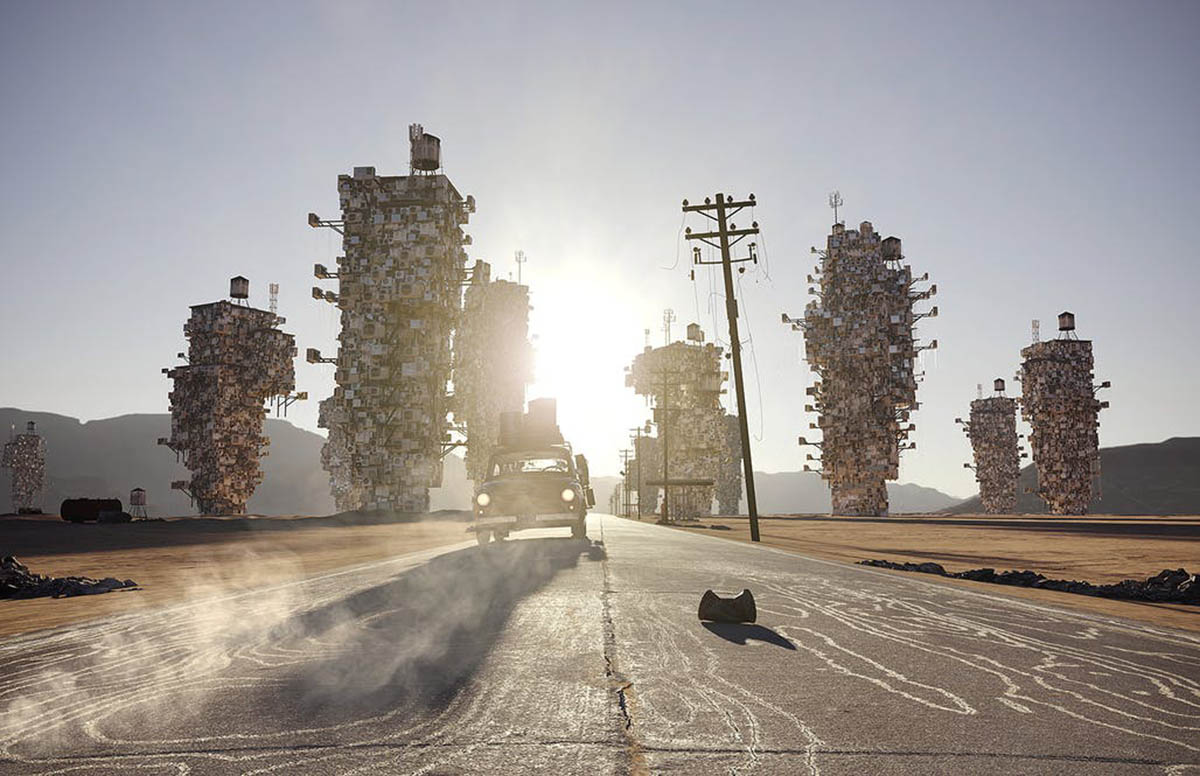
Blank Space has announced winners for its 2020 Fairy Tales competition, the winners' proposals explore current events and the creative process through wonderfully crafted short stories and artwork.
The 7th edition of the competition received from over 65 countries, the winners were chosen by a jury of more than 20 leading architects, designers and storytellers, including Alison Brooks, Marc Tsurumaki, Dwayne Oyler, Jenny Wu, Gail Carson Levine, and Arthur Mamou-Mani, among many other distinguished judges.
"As our actual lives have become increasingly surreal," said Jury Member Marc Tsurumaki, Principal at LTL Architects, "these stories' engagement of both the inherent darkness and optimism of the Fairy Tale became particularly resonant."
Since its inception in 2013, the annual Fairy Tales challenge has attracted thousands of participants, and winners have gone on to develop their stories into successful Kickstarter campaigns, short films, comic books, and exhibitions.
This year’s jury selected 3 prize winners and 11 honorable mentions which can be seen below:
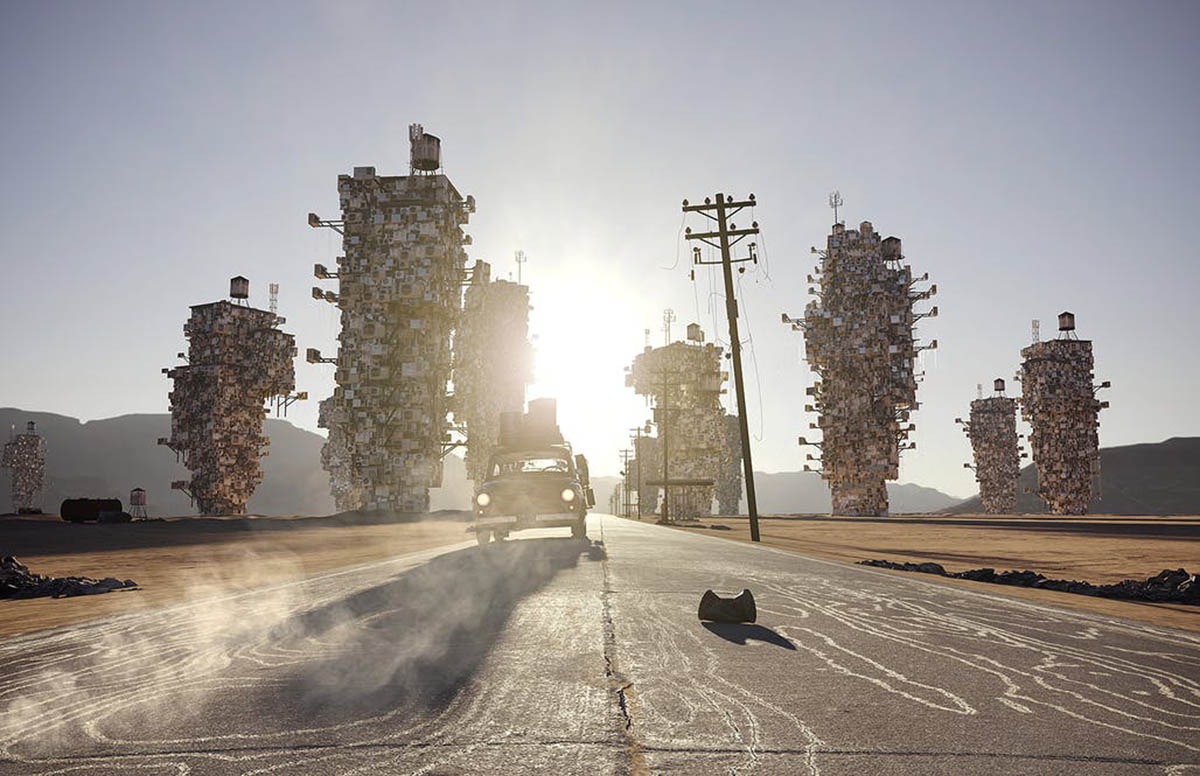
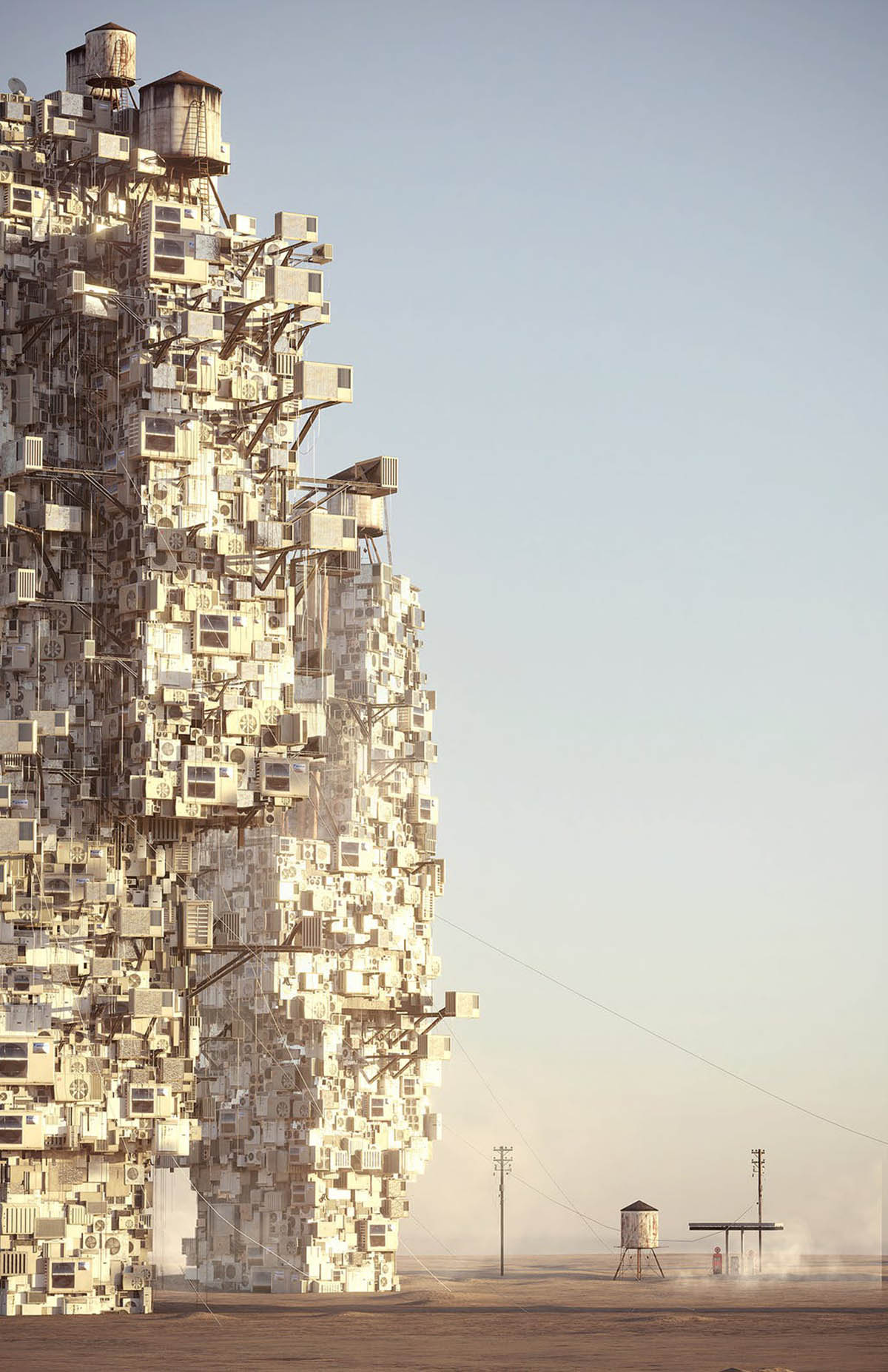
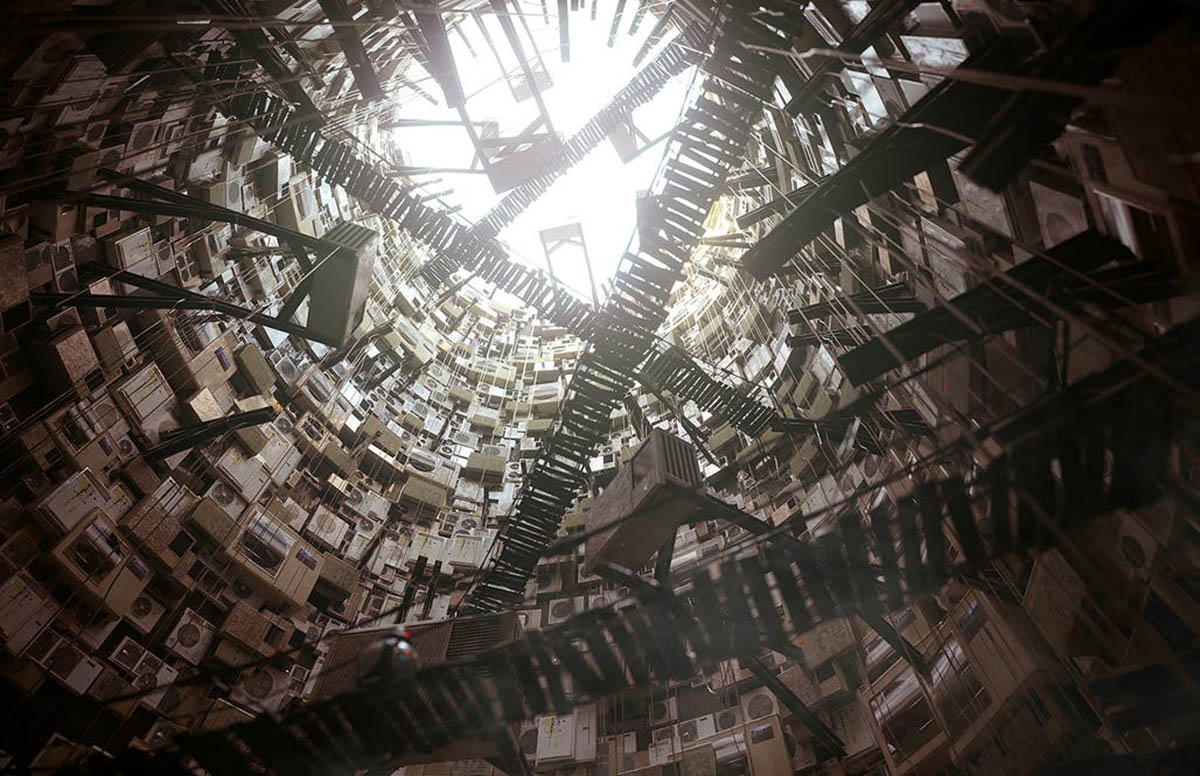
First Place goes to Tamás Fischer and Carlotta Cominetti of VIRGINLEMON for their story “The Year Without a Winter”
"We wrote our story thinking about the moment when the world has to stop and people have to change their habits to avoid the collapse and to protect themselves from an unfamiliar event, like a very strong and sudden climate change. We now realise how our story can look like the situation the world is experiencing today: waiting, boredom, loneliness, regrets, social media as the only way out. But what we really wanted to highlight is how emergency situations can lead to a real turning point. Difficult situations lead people to think more and use their creativity differently. Since this pandemic started we have been talking about a life changing event, which is exactly the subject of our story. Our lives will change, but for the better," said Tamás Fischer and Carlotta Cominetti.
Tamàs Fischer, from Hungary, and Carlotta Cominetti, from Italy, are co-founders of VIRGINLEMON, a production company for architectural imagery and animation. Both Tamás and Carlotta love architecture and are passionate about spaces, forms and materials. In search of the right way to express this passion of theirs, they worked at various architectural studios. Soon after they met each other in 2013, they decided to try something on their own. The point was to create a space where they could link up with other architects and exchange different ideas and points of views, as they wanted their daily jobs to find new and interesting ways of communication through images, 3D illustration and Animation.
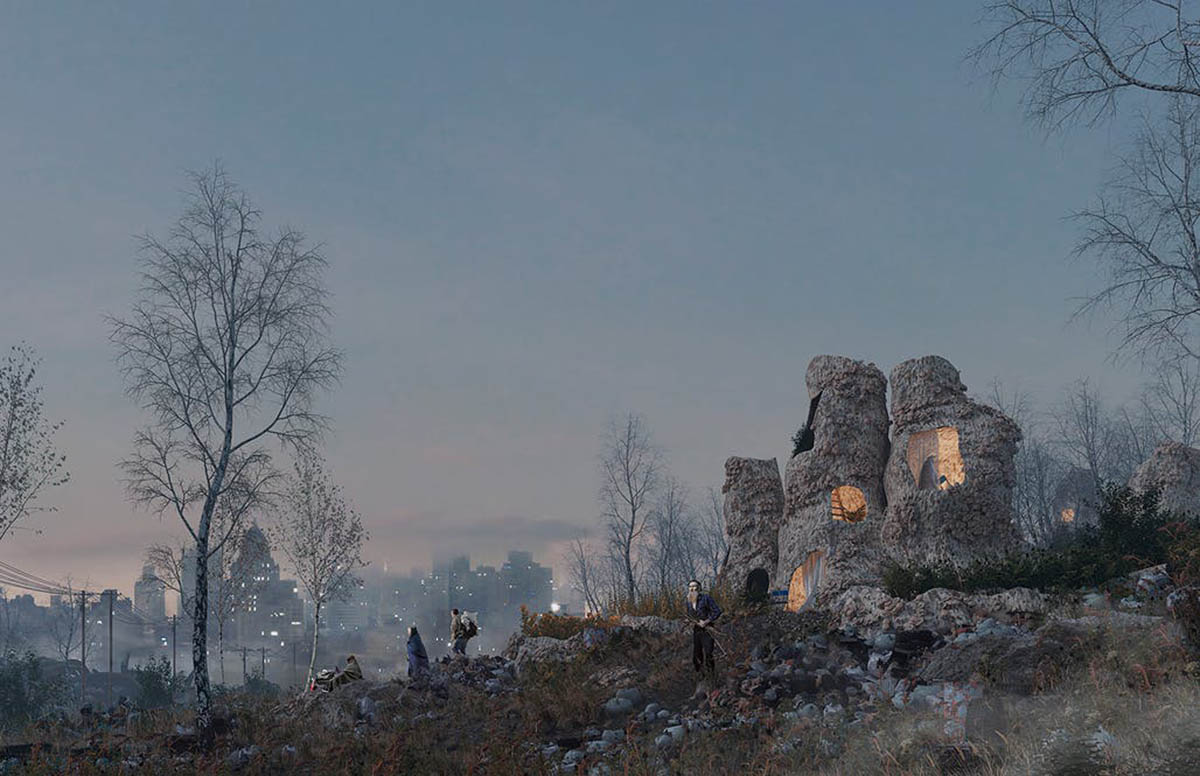
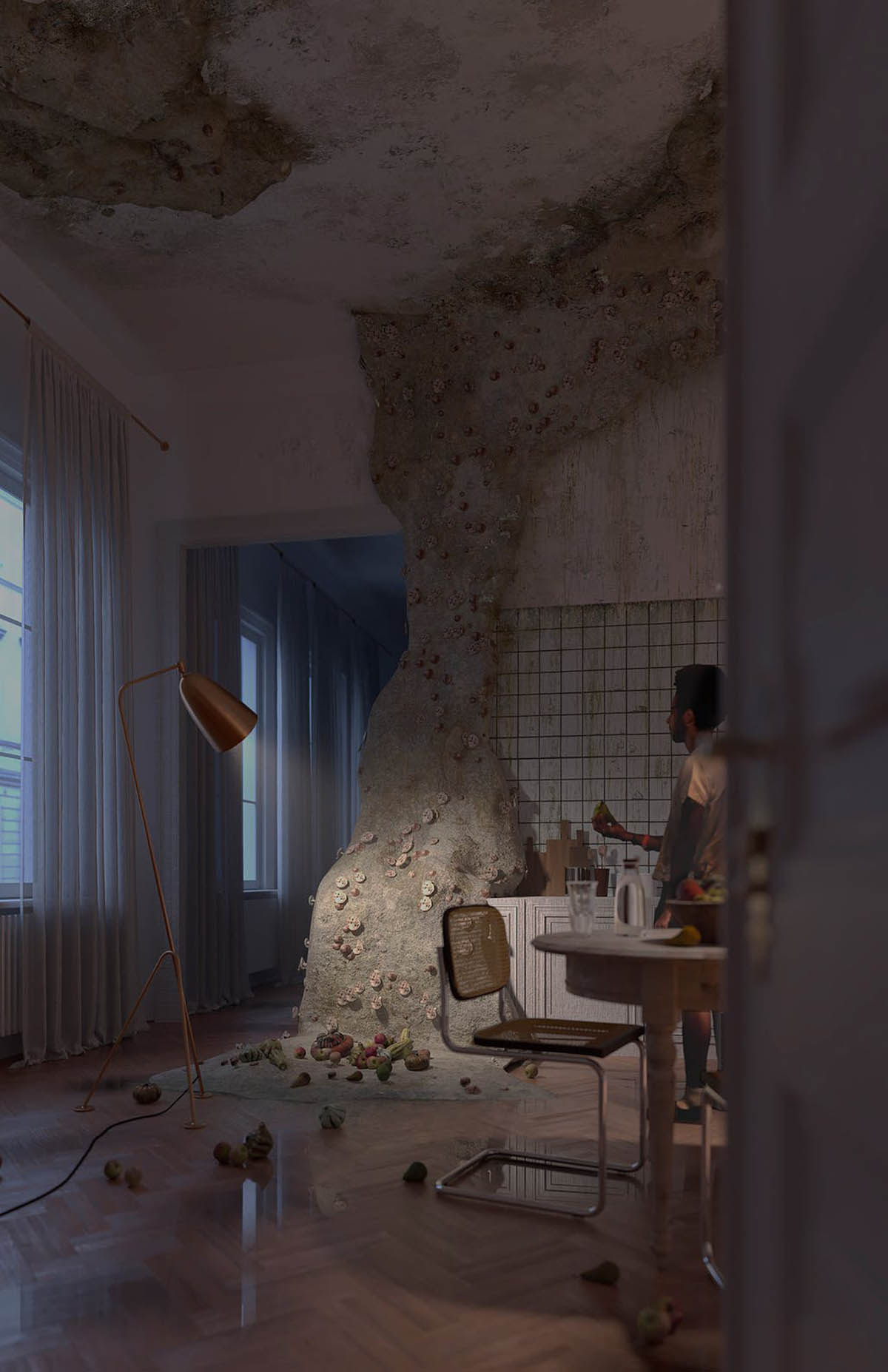
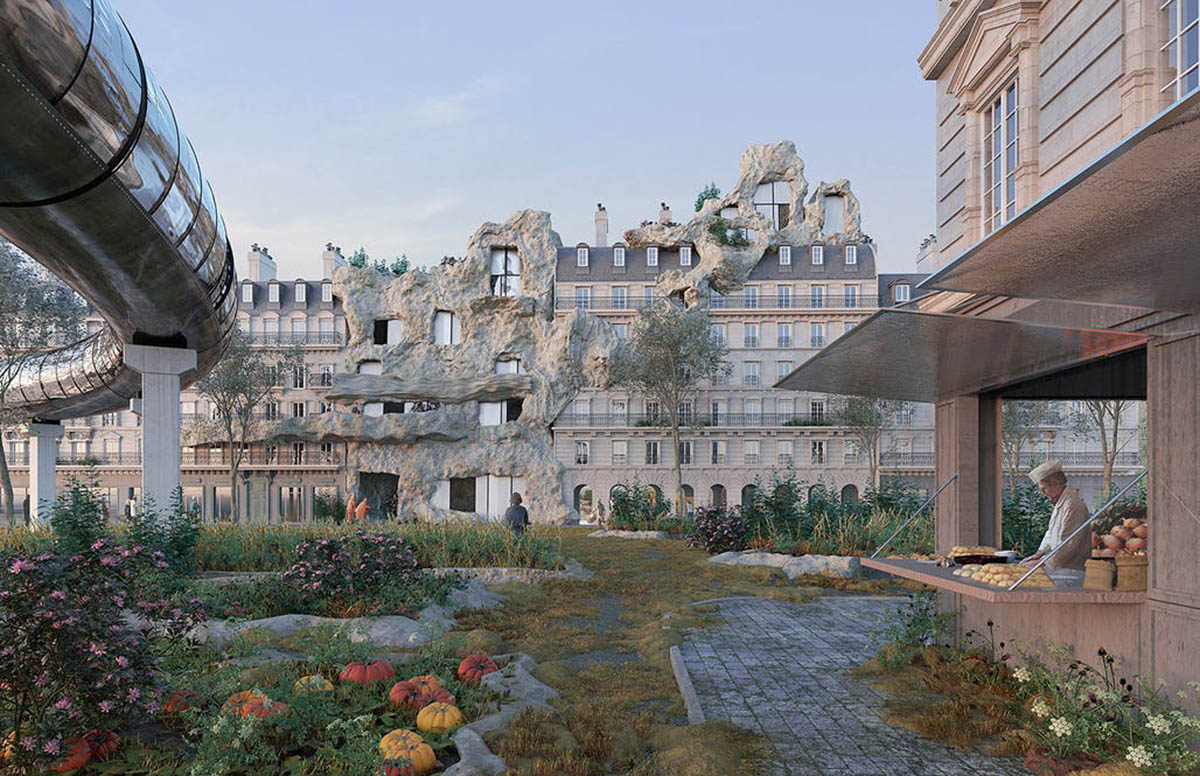
Second Prize goes to Aleksandr Čebotariov and Laura Kuršvietytė, for their story “SYMBIOSIS”
"Our fairytale is a naive attempt to address the issue of different kinds of crises we are experiencing - not only ecological, but social and existential as well. In the routine of everyday life, based on capitalism, we tend to lose ourselves to our jobs, our forests to fields and commerce. We forget our capabilities, such as senses, of our natural organisms, and many other things. We were mostly inspired by The Swamp School, a Lithuanian pavilion at the 16th Venice Architecture Biennale, where we volunteered, its creators Nomeda and Gediminas Urbonai, and after that living in an urban environment of Brussels stimulated our thoughts, collected in Venice," said Aleksandr Čebotariov and Laura Kuršvietytė.
Laura is currently working as a 3D artist in a Brussels-based studio and has recently started enjoying this field more and more as a way to express some architectural or not so architectural, more dreamy thoughts, though she studied architecture. Originally she is from Lithuania, from where she pulls her deepest inspirations and where her constant search for nature is rooted. Aleksandr is from a small village in Lithuania, growing up close to nature. After finishing his architecture studies, he moved to Brussels, where he works now.
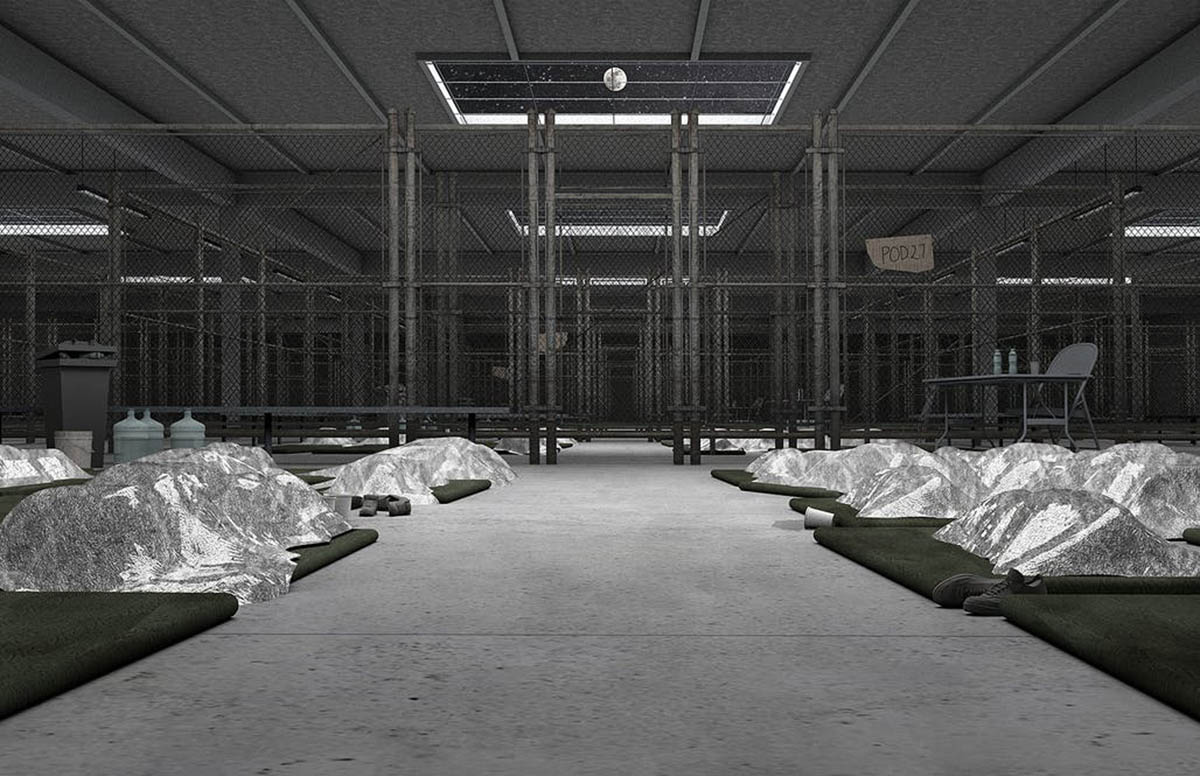
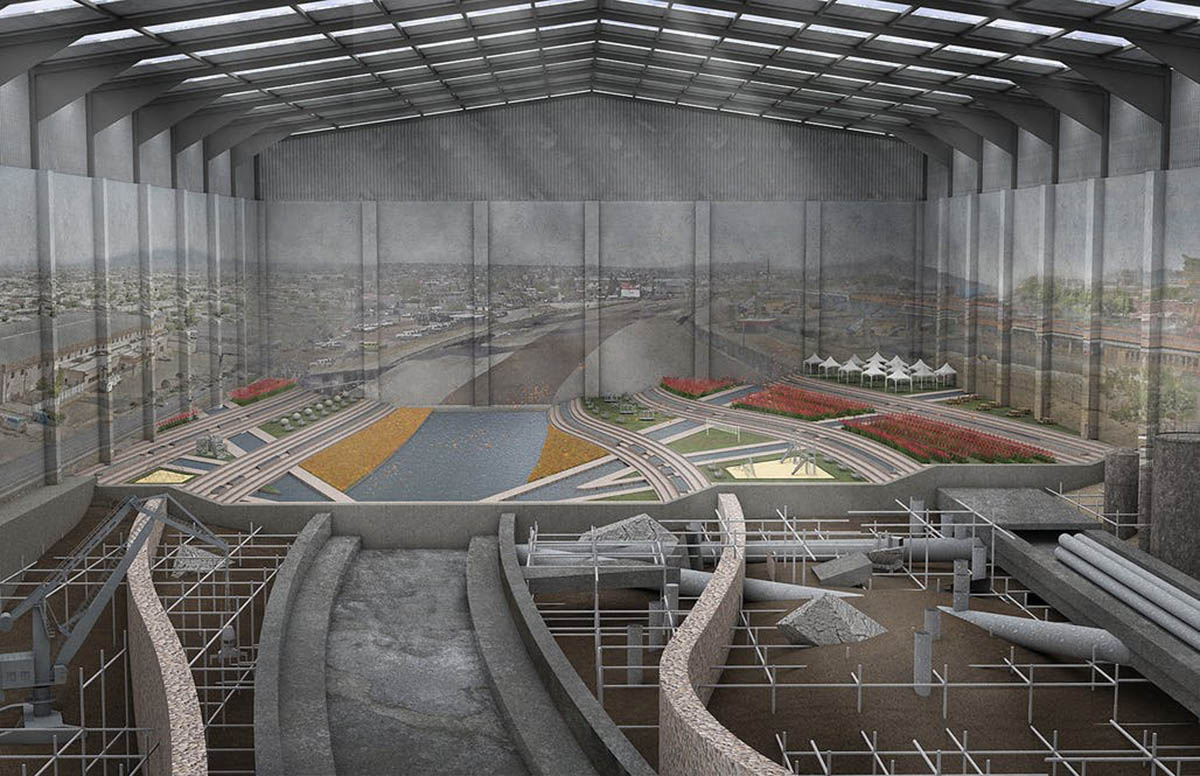
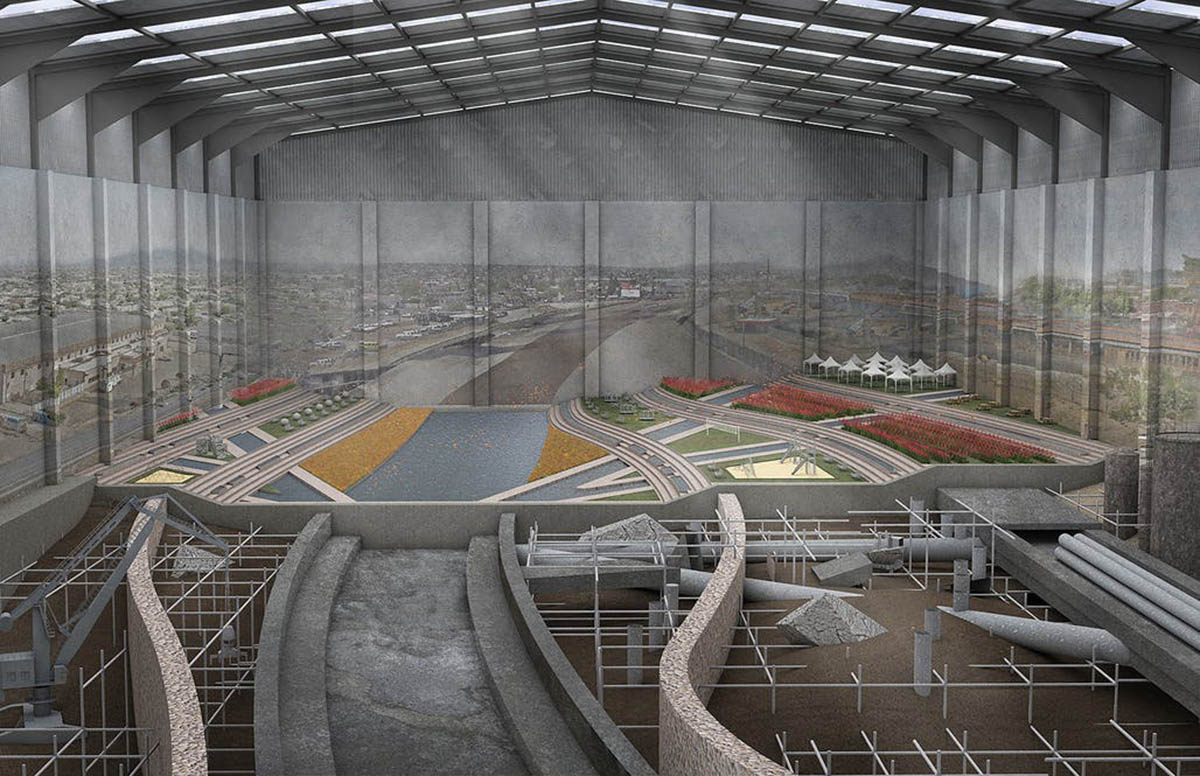
Third Prize goes to Albert Orozco and Edward Rivero for “Lloronas of Juárez”
"Lloronas of Juarez” is a narrative of the ongoing violence against migrants, specifically women and children, that is enacted through national borders by settler-colonial states. Through an intersectional analysis, we leverage protest art, historical narrative, and landscape urbanism to re-imagine what the ecologies around the Mexico/U.S. border can become if we move toward more relational ways of connecting to the land. Specifically, our project critiques racist immigration policies, gendered ideologies, and xenophobic logics that converge in the design and construction of borders and prisons. We call attention to the urgency of abolishing detention centers that imprison migrant communities throughout the United States through a story of struggle and resistance portrayed by the protagonists of the story. We hope to dream in solidarity with migrants, immigrant rights activists, critical scholars, artists, designers, as well as other community organizers, who continue to resist empire-building toward the development of a future without borders," said Albert Orozco and Edward Rivero.
Albert Orozco is an architectural designer based in Los Angeles, California who dedicates himself to exploring projects that reflect issues of the environment, racism, immigration, and identity. His current work interweaves Mexican-American histories, mythologies, and geographies with architectural design to orchestrate scenographic stories that critique colonial architecture. Specifically, he hopes to create more collaborative spaces between artists, scholars, activists, and designers to imagine more ecologically sustainable spaces for historically dispossessed communities. Edward Rivero is a learning scientist interested in the intersections of learning, power, and designing with technologies. His current work examines the narratives and ideologies that emerge in the design processes of children from non-dominant communities in tinkering programs. Through participatory design-based research, Edward also works with the educator and teen-facilitators in the after-school tinkering program to design discussions that historicize technologies, digital, and making activities.
See 11 Honorable Mentions
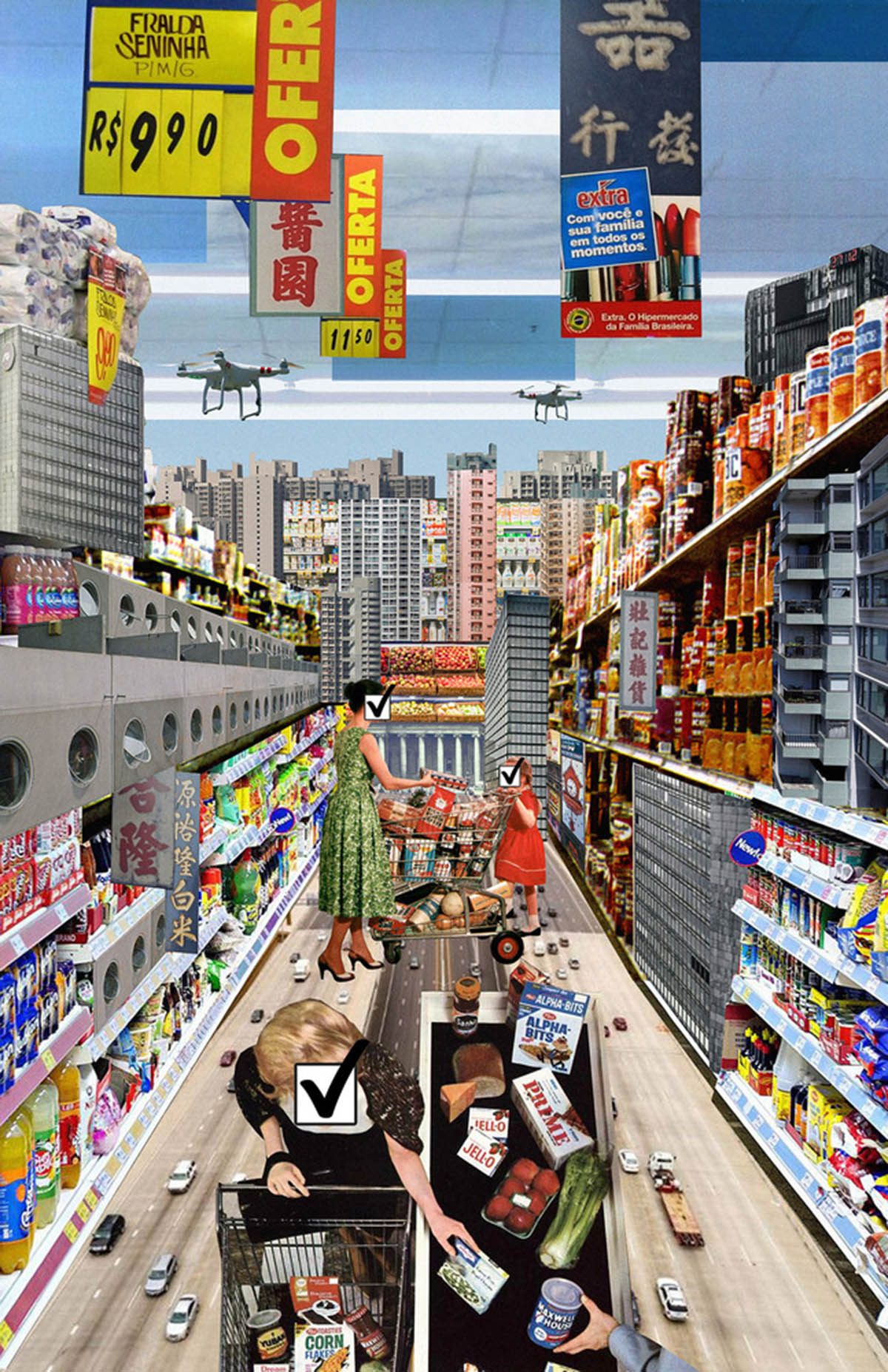
"H.A.N.D, I DO" by Diego Grisaleña Albéniz and James Mitchell

"Back to Eden" by Amit Avni
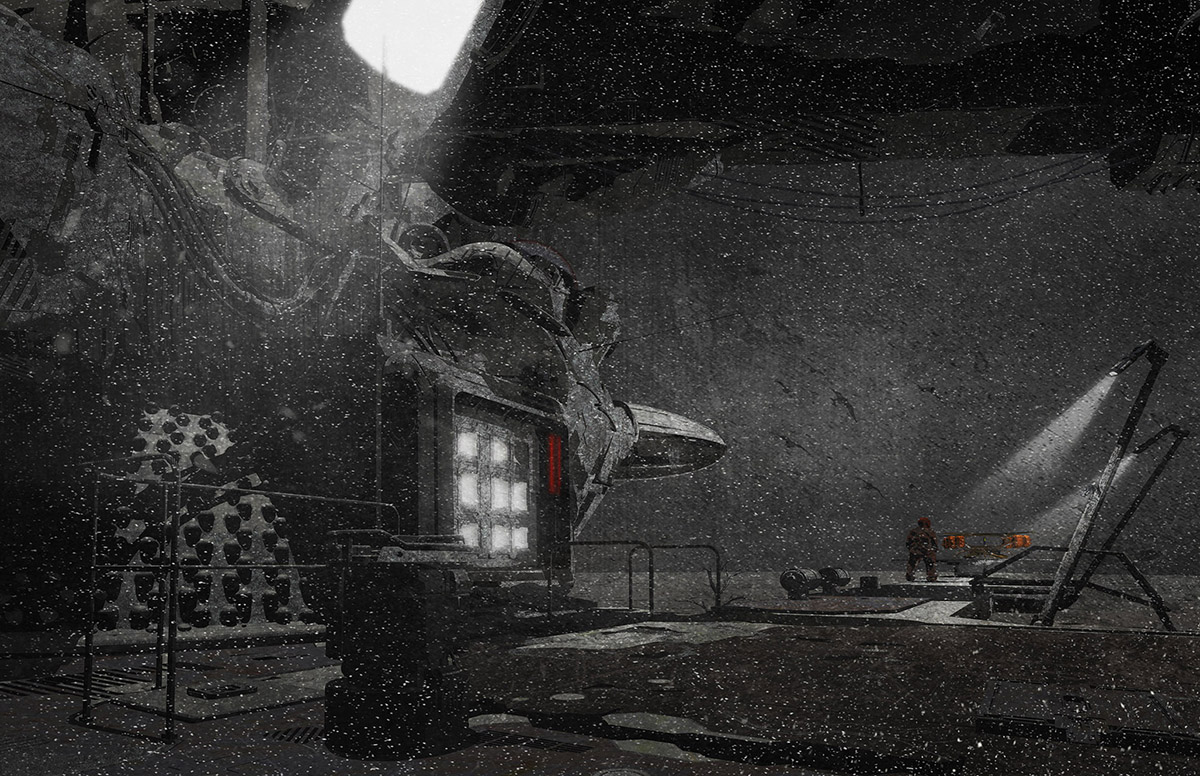
"USO-03 unit A_Upstream Strategic Outposts" by Anton Markus Pasing of Remote Controlled Studio
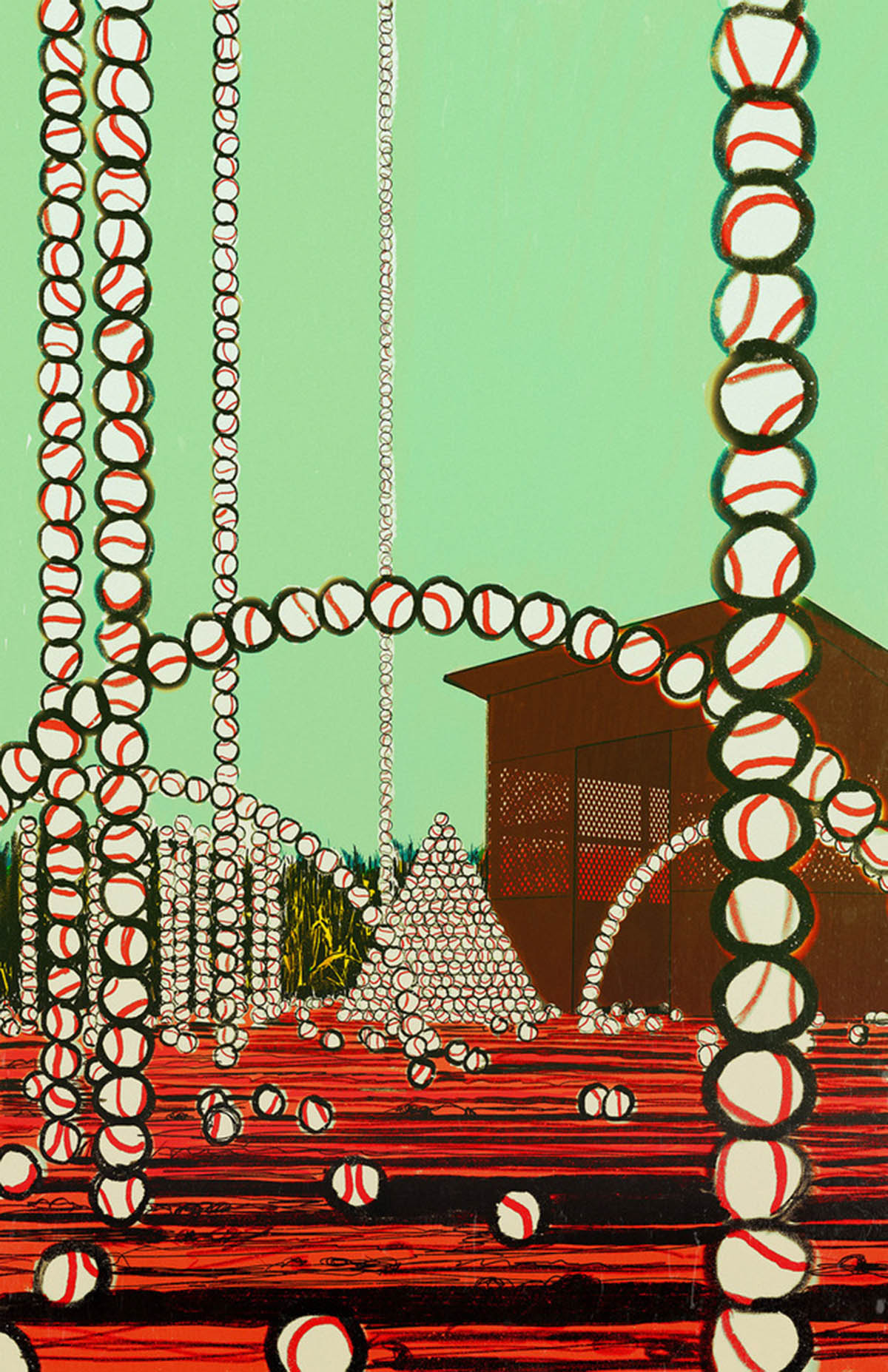
"7121 Lonzo" by Eric & Eva de Broche des Combes
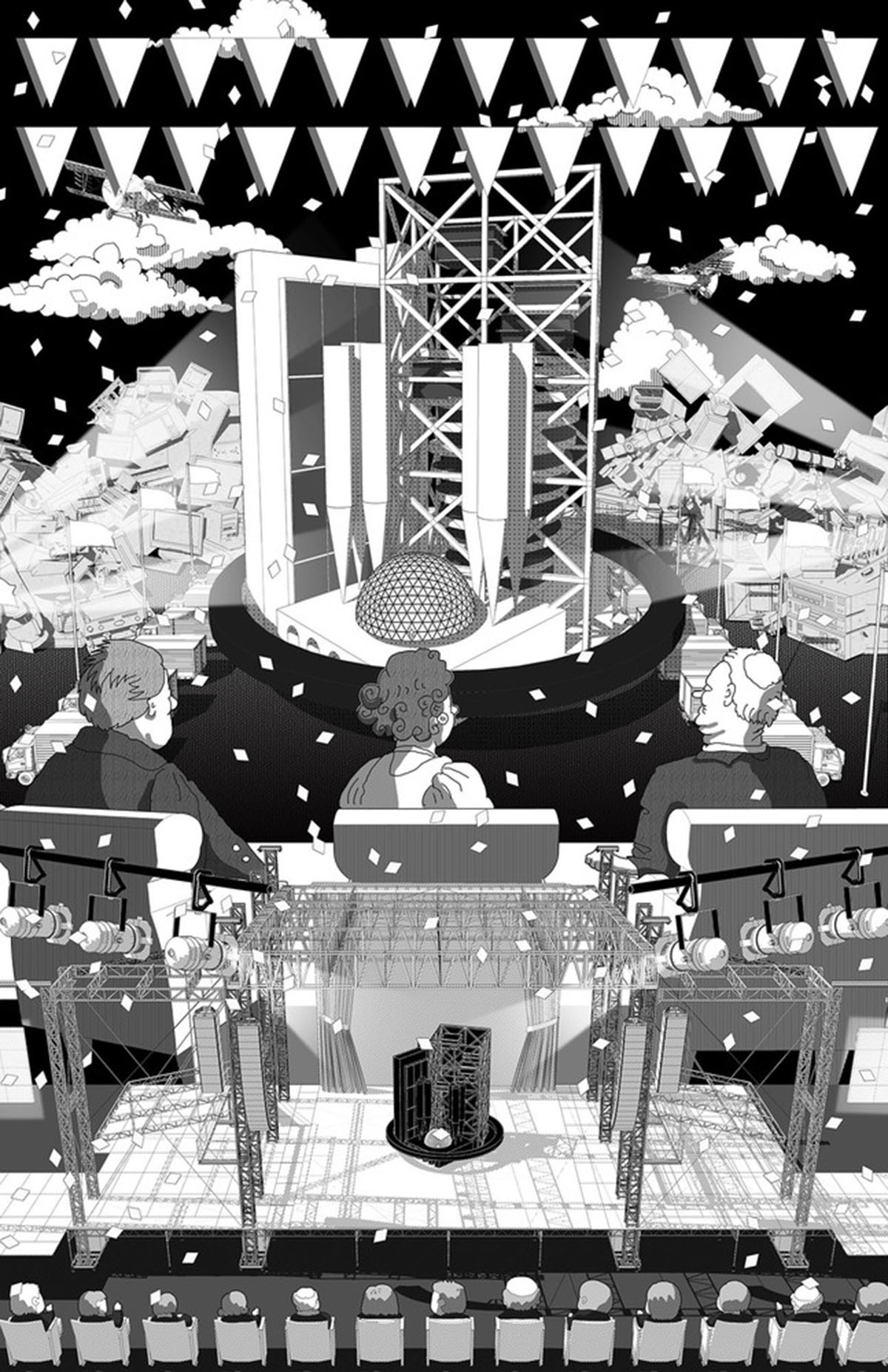
"Ghostly Presence" by Liang Jiawei and Wu wei
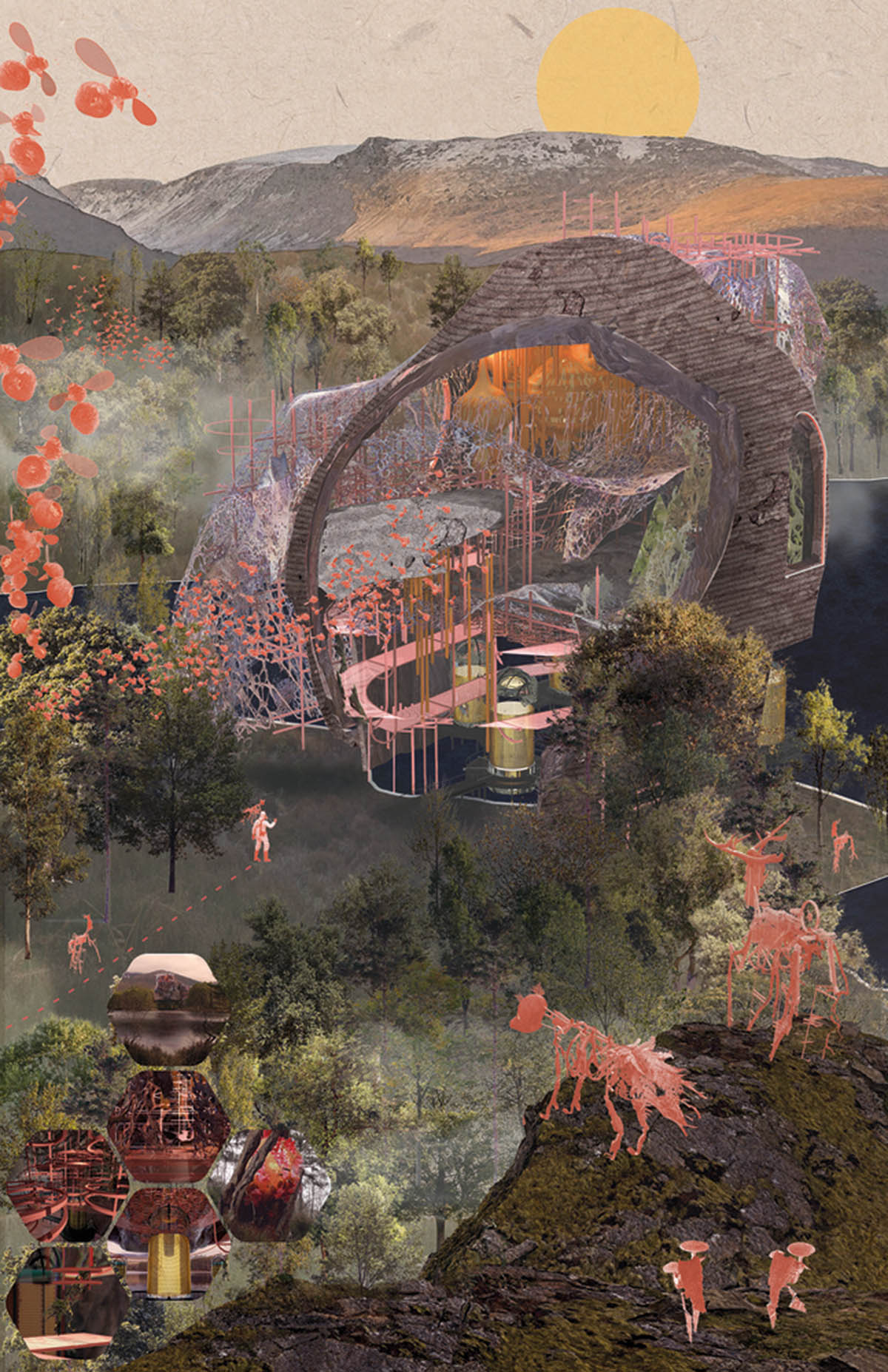
"Rothiemurchus 2098" by Marie Walker-Smith

"Mickey’s Mechanical House" by Ioanna Sotiriou & Maria Tsilogianni
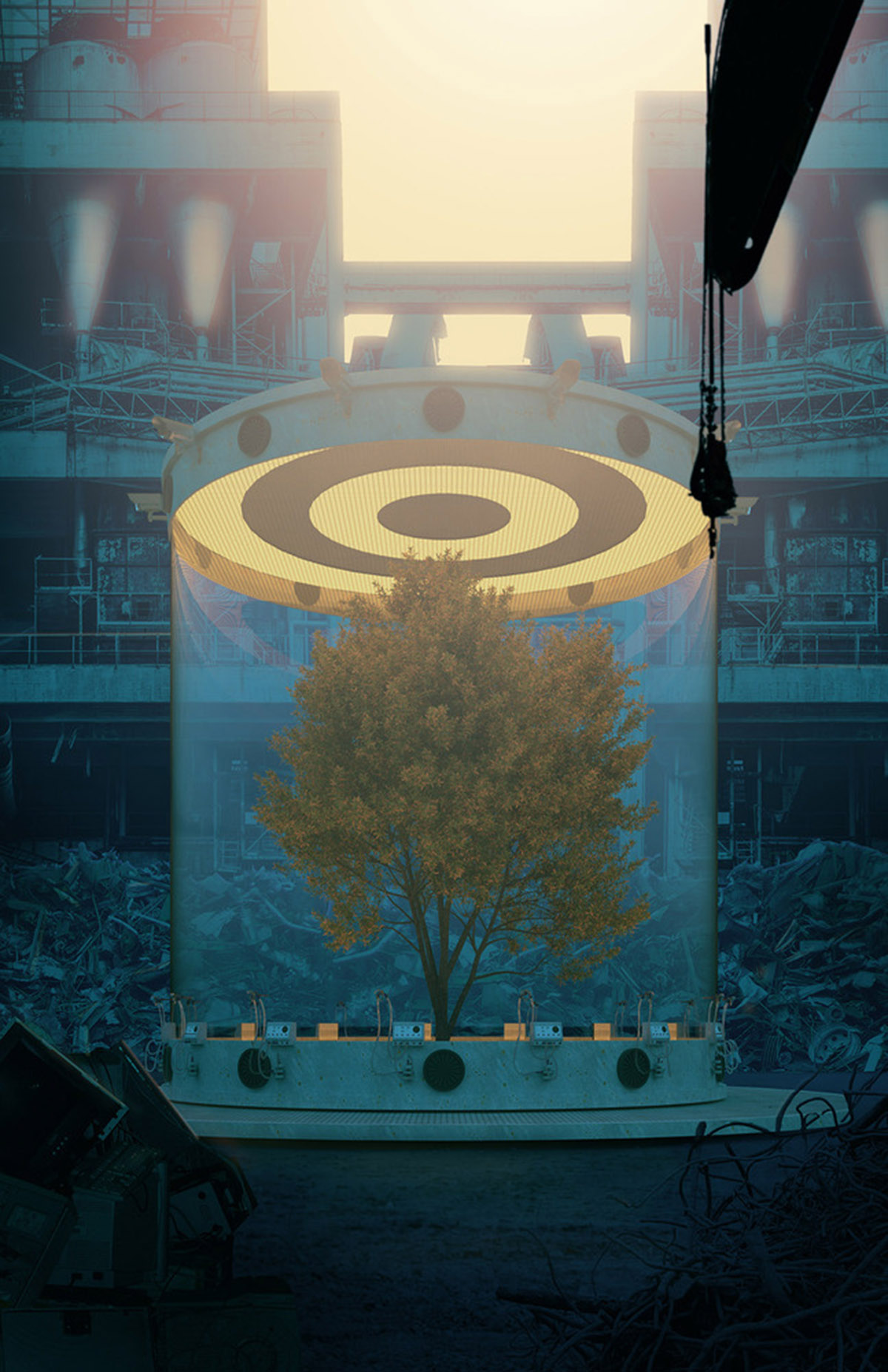
"breath" by Therese Leick and Wilhelm Scheruebl

"Post-reality framework" by Stefano Stecchelli, Carlo Occhipinti, Ilaria Caraffi, Francesco Bacci, and Carlo Canepa of To Nowhere Studio
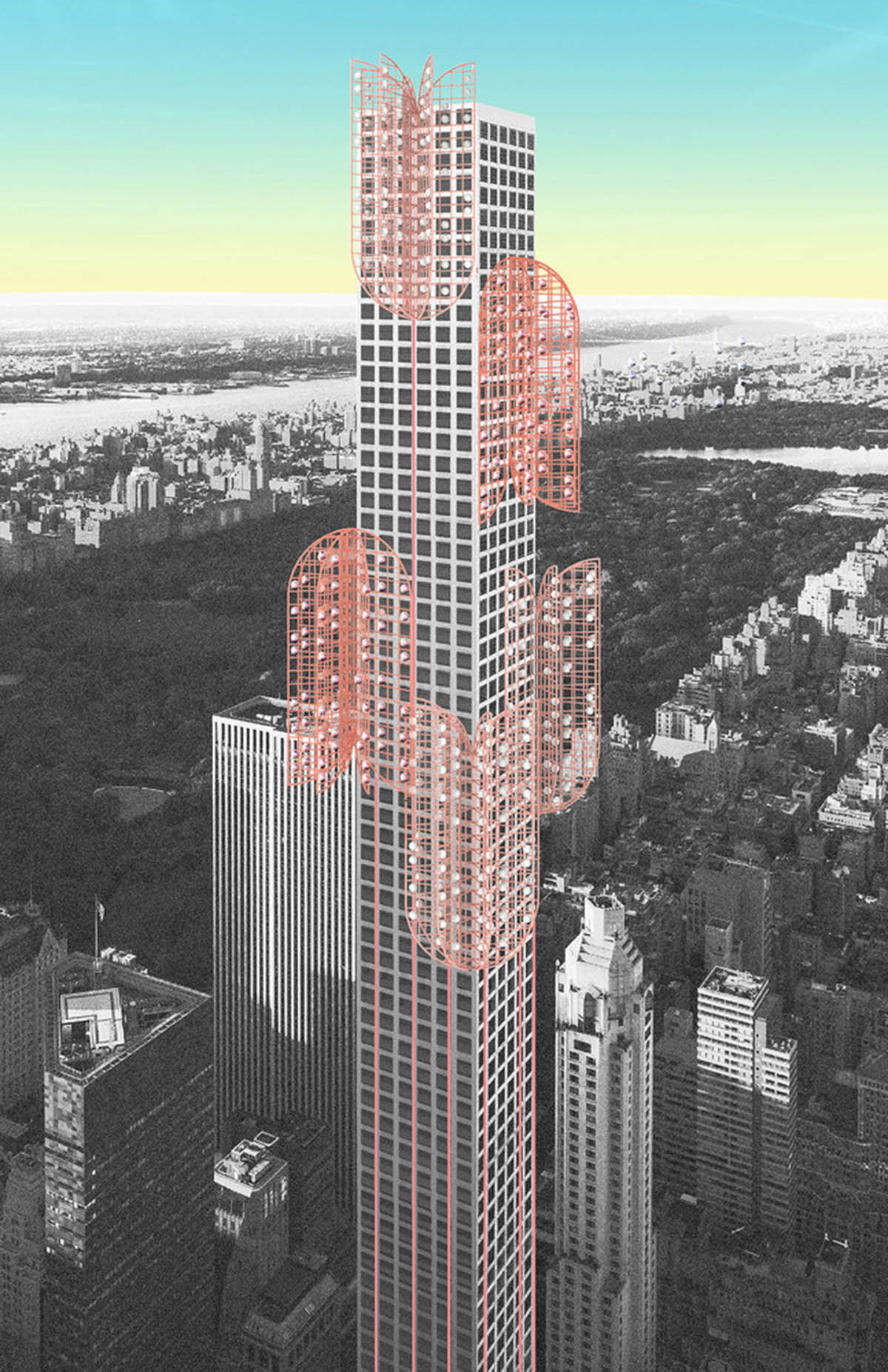
"Active Ornament" by Lindsay Harkema
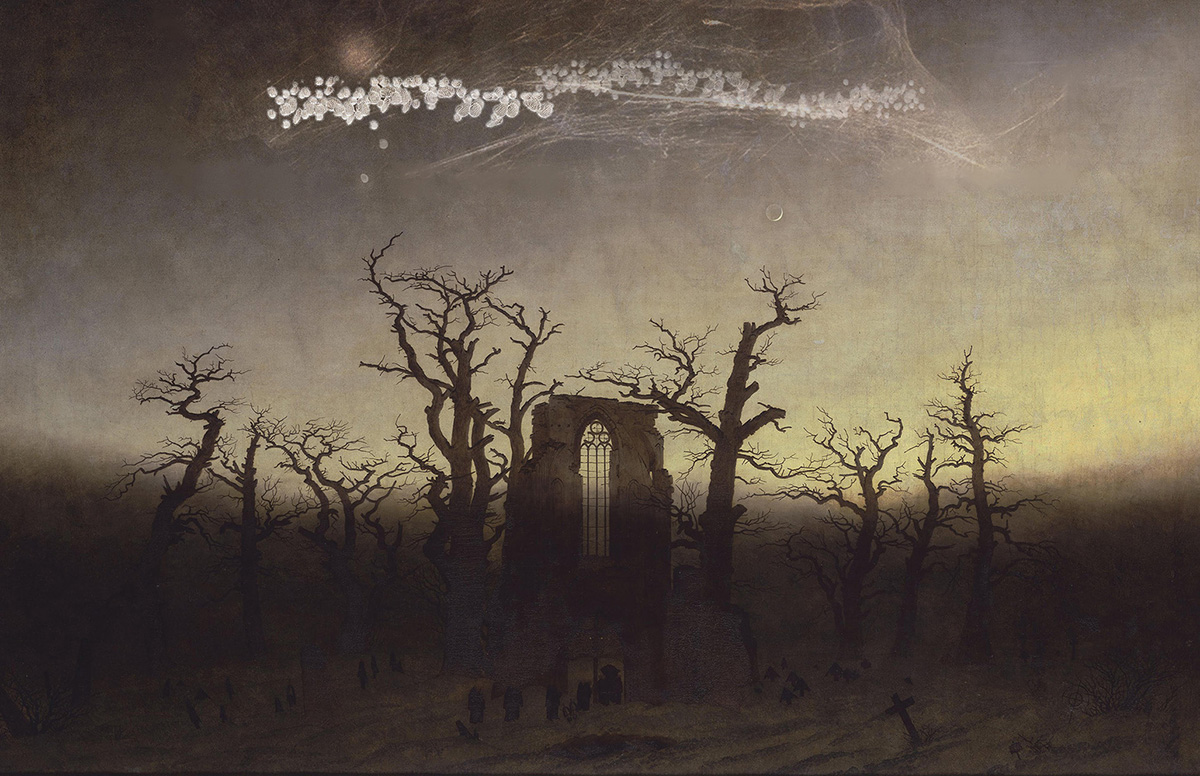
"Purgatory" by Suada Dema
Top image: First prize winner: Tamás Fischer and Carlotta Cominetti of VIRGINLEMON for their story “The Year Without a Winter”
> via Blank Space
